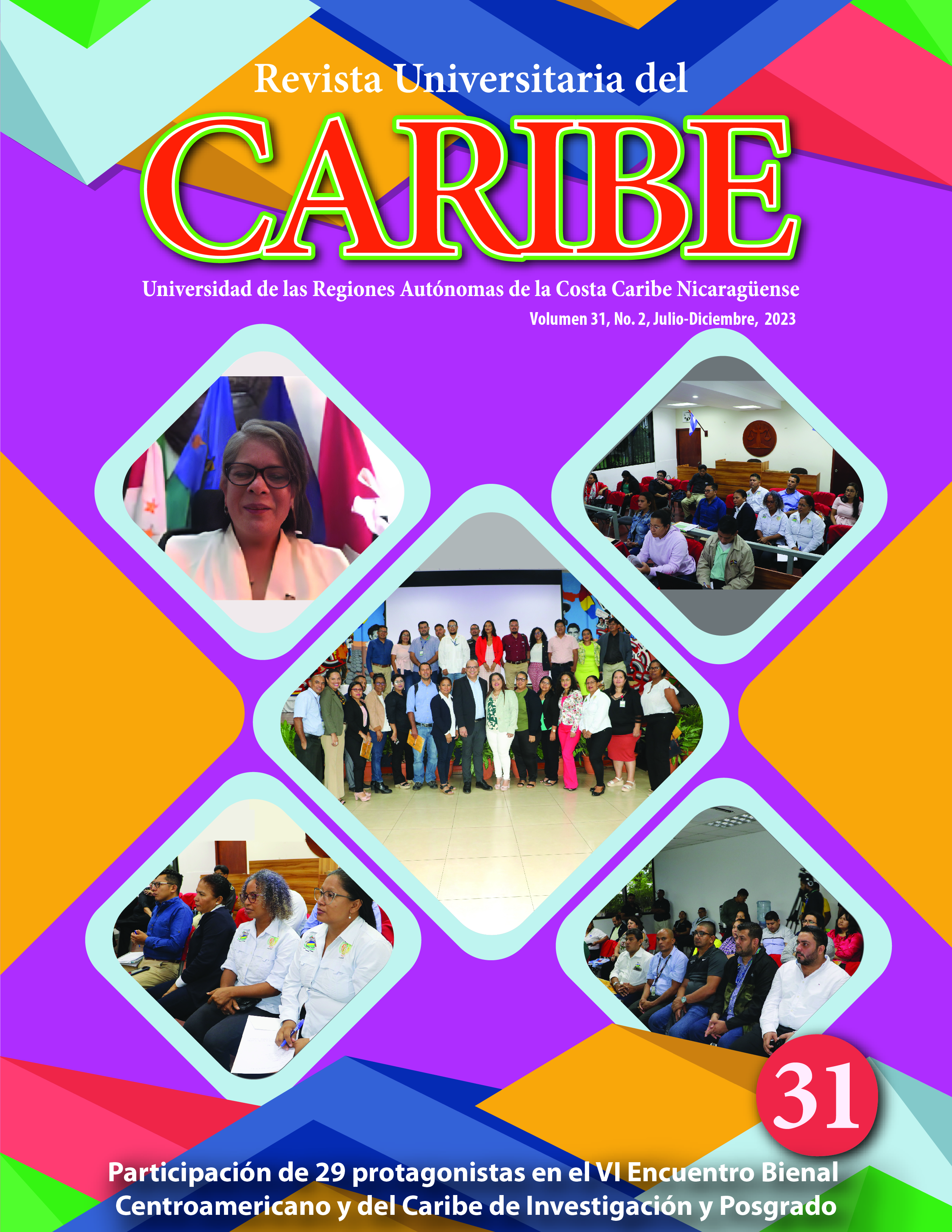Lingüística Forestal Mayangna Tuahka; Wasakín, Rosita, Nicaragua, 2018
Resumen
El estudio se realizó con el propósito de describir la Diversidad Lingüística Forestal mayangna Tuahka, Wasakín, en Rosita, Nicaragua, para promover su importancia económica y social-cultural. Se utilizó la metodología el enfoque cualitativo con el método etnográfico, mediante la aplicación de entrevistas a los ancianos, ancianas, curanderos, curanderas y madereros de la comunidad.
En esta investigación se identificaron 34 especies de árboles de múltiples beneficios con sus respectivos nombres en lengua Mayangna Tuahka, asignados por los ancestros de esta comunidad indígena, quienes han vivido apegados a sus costumbres e idiosincrasia, por lo que esta categorización arbórea ha sido establecida tomando en cuenta las características representativas desde la cosmovisión y cosmogonía, Mayangna, de las cuales, 23 especies han sido nombradas según su origen, significado, uso, posición geográfica, palatabilidad de los frutos y espiritualidad; de 11 especies se carece de esta información.
Se considera que, dado la diversidad de uso de especies forestales por los múltiples beneficios, principalmente culturales, desde el ámbito de la cosmovisión de los pueblos indígenas; que crea, recrea, revitaliza y gestiona el valor y la práctica del conocimiento ancestral en la medicina tradicional, bienes maderables y en la espiritualidad, además, el uso de sus nombres en su propia lengua. Es necesario promover espacios de reflexión sobre esta temática, con la finalidad de garantizar la continuidad de las sendas del conocimiento autóctono.






